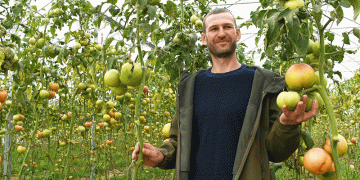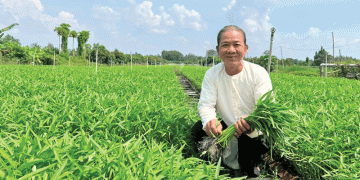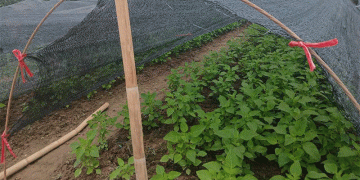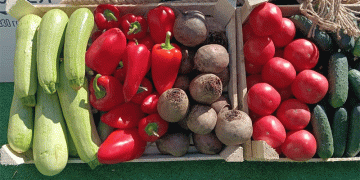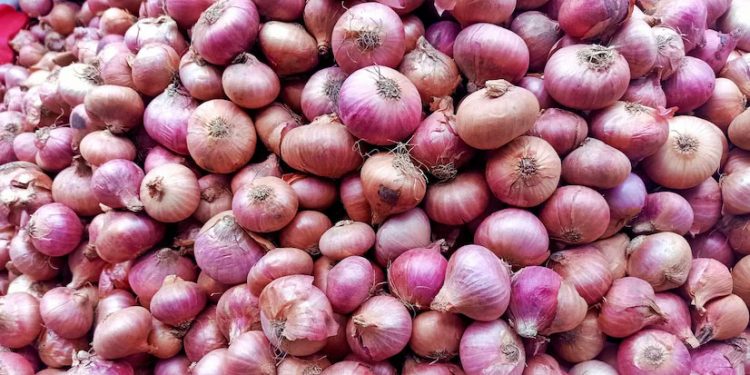Maharashtra, India’s largest onion-producing state, has faced severe agricultural setbacks due to unseasonal heavy rainfall in May 2024. The Maharashtra Rajya Kanda Utpadak Sanghatna (Maharashtra State Onion Producers’ Association) has urgently appealed to Chief Minister Devendra Fadnavis, demanding ₹1 lakh per acre as compensation for crop damage.
Extent of the Damage
According to the association, districts like Nashik, Jalgaon, Pune, Ahmednagar, and Chhatrapati Sambhajinagar—which contribute significantly to India’s onion supply—have suffered widespread losses. The Rabi season crop, which was nearing harvest, was completely destroyed in many areas. Additionally, already harvested onions that were left in fields or poorly stored rotted due to excessive moisture, forcing farmers to sell at distress prices.
The association estimates that thousands of tons of onions have been lost, leading to financial damages worth crores of rupees.
Compensation and Procurement Demands
The growers have proposed two key demands:
- Compensation of ₹1 lakh per acre for destroyed crops.
- Subsidy of ₹2,000 per quintal for farmers forced to sell damaged onions at low prices.
They have also urged NAFED (National Agricultural Cooperative Marketing Federation of India) and NCCF (National Cooperative Consumers’ Federation) to procure 3 lakh tons of onions at a minimum price of ₹3,000 per quintal to stabilize the market and support farmers.
Broader Impact on Onion Supply & Prices
India is the second-largest onion producer globally, and Maharashtra accounts for nearly 40% of the country’s onion output. The crop loss could lead to:
- Short-term price spikes in domestic markets.
- Reduced export availability, affecting international trade.
- Increased reliance on buffer stocks to prevent shortages.
Similar weather-induced disruptions in 2020 and 2022 had led to export bans and price volatility, highlighting the need for better risk mitigation strategies.
Urgent Intervention Needed
The Maharashtra onion crisis underscores the vulnerability of farmers to extreme weather events. While immediate compensation is necessary, long-term solutions—such as improved storage infrastructure, climate-resilient farming techniques, and efficient procurement mechanisms—must be prioritized to safeguard agricultural livelihoods.















